 As wine lovers, one of our favorite things to do is seek out unique wines or wine-related experiences. So imagine my excitement when I learned that The Netherlands produces Dutch wine! There are actually over 200 vineyards in The Netherlands, though most producers are very small and make wine as a hobby.
As wine lovers, one of our favorite things to do is seek out unique wines or wine-related experiences. So imagine my excitement when I learned that The Netherlands produces Dutch wine! There are actually over 200 vineyards in The Netherlands, though most producers are very small and make wine as a hobby.
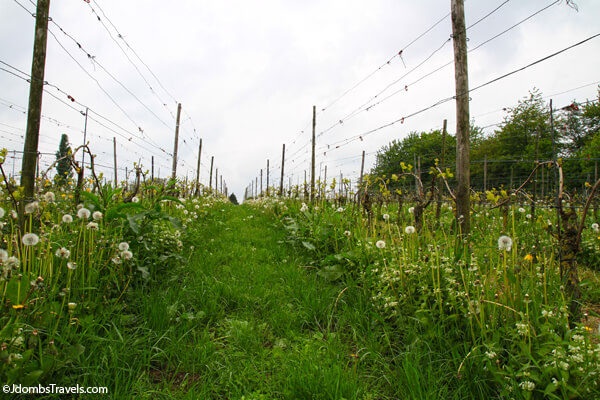 I visited Wijnhoeve De Colonjes in Groesbeek, which started out with just one acre in 2000. Wine maker Freek was working at the local university when he started the wine farm as a hobby. He made his first wine in 2005 and won a bronze medal in a competition in Germany for wines made from the Regent grape. These days, Wijnhoeve De Colonjes has 10 different varieties of grapes planted on 13.5 hectares and produces around 120,000 bottles of Dutch wine each year. Even more impressive, Freek’s wines have won multiple gold medals in various competitions.
I visited Wijnhoeve De Colonjes in Groesbeek, which started out with just one acre in 2000. Wine maker Freek was working at the local university when he started the wine farm as a hobby. He made his first wine in 2005 and won a bronze medal in a competition in Germany for wines made from the Regent grape. These days, Wijnhoeve De Colonjes has 10 different varieties of grapes planted on 13.5 hectares and produces around 120,000 bottles of Dutch wine each year. Even more impressive, Freek’s wines have won multiple gold medals in various competitions.
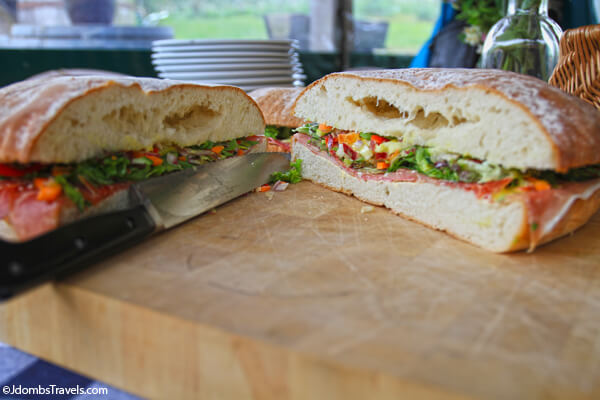
After a bit of delicious farm fresh food, we got down to the business of tasting wine. I’m not usually much of a white wine drinker, but I absolutely loved Knapse Witte 2010, a blend made from Helios and Riesel grapes (both hybrids of the Riesling grape). It had nice acidity and was very light. It would pair well with goat cheese, salads, chicken, or fish and is a great summertime sipping wine.
Harvested when the grapes aren’t quite ripe yet, the Cabernet Blanc 2011 had interesting aromas of grass and fruit. It actually tastes like green peppers a bit. It’s quite unique and is definitely a wine to drink with food like veal, pastas with cream sauces, or Asian dishes like stir fry.
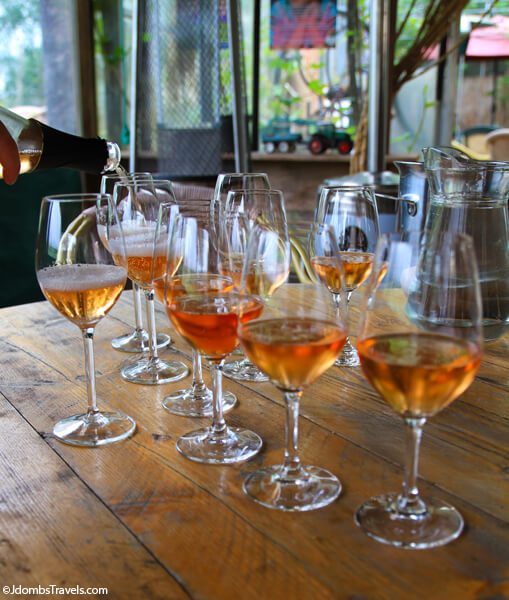
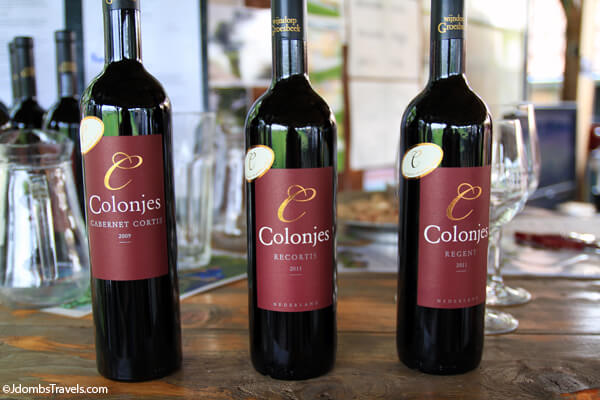
I would have loved to bring home several bottles of Dutch wine, but had to chose just one. It was the Cabernet Cortis that ultimately stole my heart.
Know Before You Go
- Guided tours of Wijnhoeve De Colonjes are available to taste Dutch wine by appointment. A guided visitor and tasting takes around 2.5 – 3 hours and is €11 per person.
- Wijnhoeve De Colonjes also hosts an open day each year in which the winery officially opens for the season. Their Wine Train runs from the market square in Groesbeek to the farm.
- Wijnhoeve De Colonjes Dutch wine is sold locally at the vineyard and in some shops and restaurants. It is also sold online.
Thank you to Visit Holland for hosting me in Groesbeek and to Wijnhoeve De Colonjes for the fantastic visit! As always, all opinions are entirely our own.
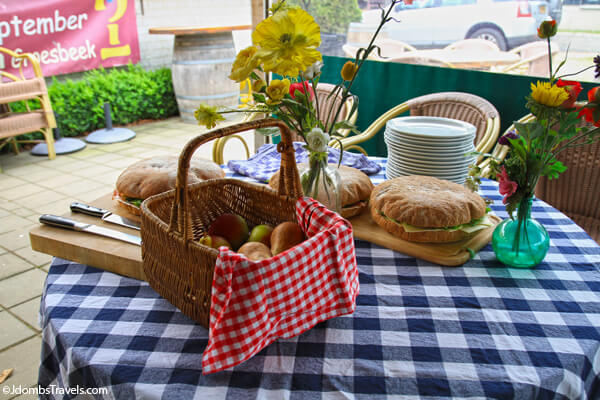
Andrew Graeme Gould says
I never knew that the Dutch were wine producers. Looks like you had a very nice time from what you show and say here!
Jennifer Dombrowski says
Yes, the visit to the wine farm was fantastic and the owners were incredibly hospitable. I was glad to learn about their wine production.
Barwaut Verhoeven says
Thanks for the review!
Jennifer says
We were glad to discover your region!